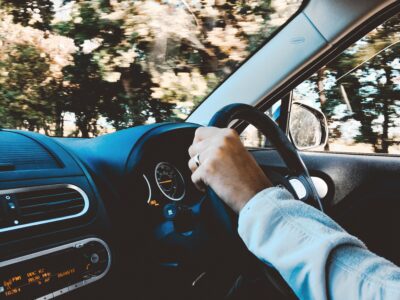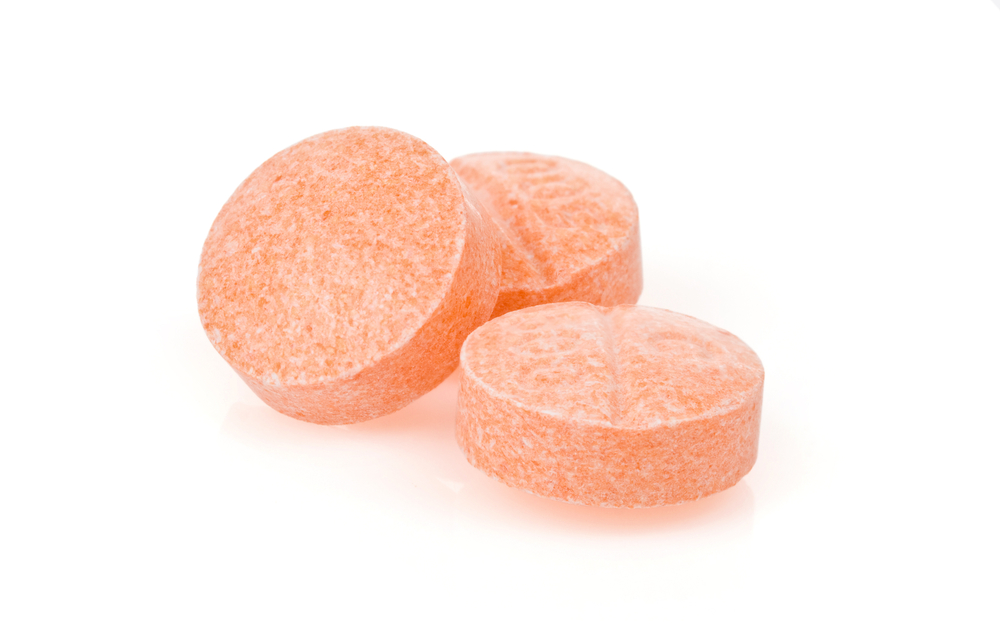Hypos and driving

Blood glucose monitoring and driving
Check your blood glucose regularly. Before, after and while you drive, your blood glucose level should always be above 5 mmol/L. If your glucose is 5 mmol/L or less, eat a snack.

If your blood glucose level is less than 4 mmol/L or you feel hypoglycaemic do not drive. You should not start driving again until 45 minutes after finger prick glucose has returned to normal (at least 5 mmol/L).
If you’re driving for a long time, make sure you test your blood glucose at least every 2 hours. When you’re concentrating on driving, you might not notice any signs that your blood glucose is falling or rising – it’s always better to pull over and be safe.
In February 2019, the DVLA updated their guidelines regarding intermittently scanned (sometimes known as Flash) and real-time Continuous Glucose Monitoring (CGM) devices. If you are using one of these monitors you will still need to do a fingerprick test if:
- Your blood glucose level is 4 mmol/L or below
- You have symptoms of hypoglycaemia
- Your glucose monitoring system gives a reading that is not consistent with your symptoms (i.e. you have symptoms of hypoglycaemia but your system does not indicate this)
- You are aware that you have become hypoglycaemic or have an indication of impending hypoglycaemia
What’s the difference between real-time (rt) and intermittently scanned (is) Continuous Glucose Monitoring?
Real-time Continuous Glucose Monitors (rtCGM) record your blood glucose levels continuously and send data to your display device (a handheld monitor or pump) so you can set alerts for high, low or rate of change.
With intermittently scanned continuous glucose monitoring (isCGM), sometimes known as Flash monitoring, it’s only when you scan your sensor that you get your reading and trends. Having said that, the new Libre 2 isCGM system allows you to set alerts for low glucose. You can read more about rtCGM and isCGM here.
Hypoglycaemia and driving
If your blood glucose is low, you may find it difficult to concentrate and your reactions will be slower than usual. This can really affect your driving and you may not even be aware of it.

Always keep hypo treatments and snacks in your car. You never know when you might get stuck in traffic or delayed due to roadworks.
If you’re involved in an accident while you’re having a hypo, you won’t be covered by your insurance, and if you’re caught driving erratically, you may be charged with a driving offence. This will result in you having to pay for any damages and you may have your licence removed.
What to do if you have a hypo whilst driving
If you’re driving and you have a hypo – defined by the DVLA as having a blood glucose level less than 4 mmol/L then you should:
- Pull the car over and stop your car in a safe location.
- Take the keys out of the ignition and move over into the passenger seat.
- Treat your hypo with fast-acting glucose, and test your blood glucose again. Eat a longer-acting carb snack too.
- You must not drive again until your symptoms have gone and your blood glucose level has been more than 5 mmol/L for at least 45 minutes.
- It takes this long for your brain to start working properly again.
- Don’t be tempted to drive just because you feel OK – your brain function might still be slow and affect your concentration and reactions.
- Afterwards, think about why you had a hypo and what you need to do the next time to prevent it.
When to inform the DVLA about major hypos
It is your responsibility to inform the DVLA if you have had any major episodes of hypoglycaemia. This includes:
- You have had more than one episode of severe hypoglycaemia while awake (defined as needing the assistance of another person to treat it) within the last 12 months
- You develop impaired awareness of hypoglycaemia (difficulty in recognising the warning symptoms of low blood glucose levels)
For more information on driving when you have type 1 diabetes, please click here.



Leave a Reply
You must be logged in to post a comment.